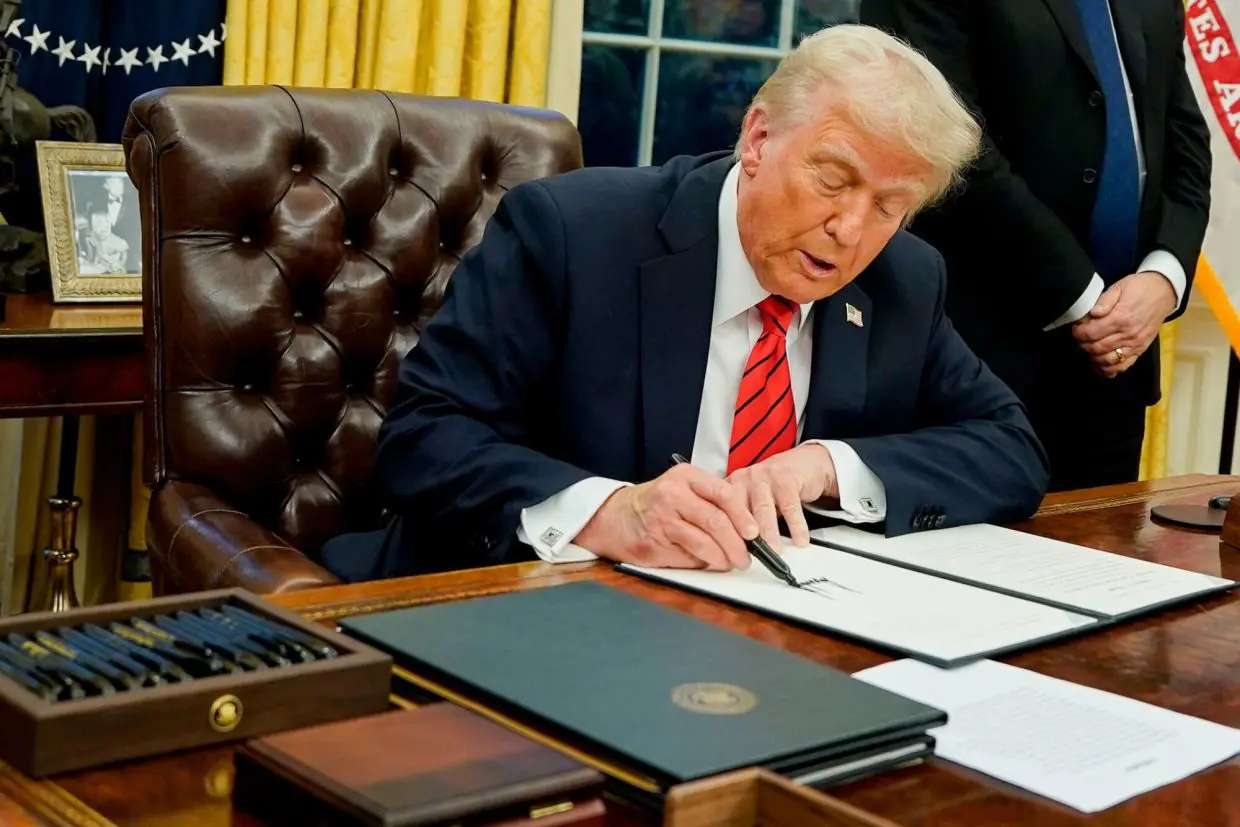President Donald Trump announced on Wednesday that the U.S. will impose reciprocal tariffs to match duties levied by other countries on American goods, further intensifying the trade war he initiated upon returning to the White House.
The sweeping tariffs would erect new barriers around the world’s largest consumer economy, reversing decades of trade liberalization that have shaped global commerce. Trading partners are expected to retaliate with their own countermeasures, potentially driving up prices on a wide range of consumer goods, from bicycles to wine.
“This is our declaration of independence,” Trump declared in a speech at the White House Rose Garden.
While specifics of the tariffs remain unclear, Trump’s remarks reinforced his long-standing belief that global trade policies disadvantage American workers and businesses. The uncertainty surrounding these measures has unsettled financial markets and industries that have operated under international trade agreements in place since 1947.
The administration has stated that the new tariffs will take effect immediately following Trump’s official announcement, although the required enforcement notice has yet to be published. However, a separate set of auto import tariffs, unveiled by Trump last week, is confirmed to take effect on April 3.
Trump has already imposed a 20% tariff on all imports from China, as well as 25% duties on steel and aluminum, expanding these tariffs to nearly $150 billion worth of related products. His advisers argue that these measures will help restore strategically vital manufacturing industries to the United States.
However, economists warn that tariffs could slow global economic growth, increase the risk of recession, and raise costs for the average U.S. household by thousands of dollars annually. Businesses have also expressed frustration, saying the ongoing uncertainty makes long-term planning difficult.
Concerns over tariffs have already dampened manufacturing activity worldwide while simultaneously driving a surge in auto and imported goods sales as consumers rush to buy before prices climb further.










